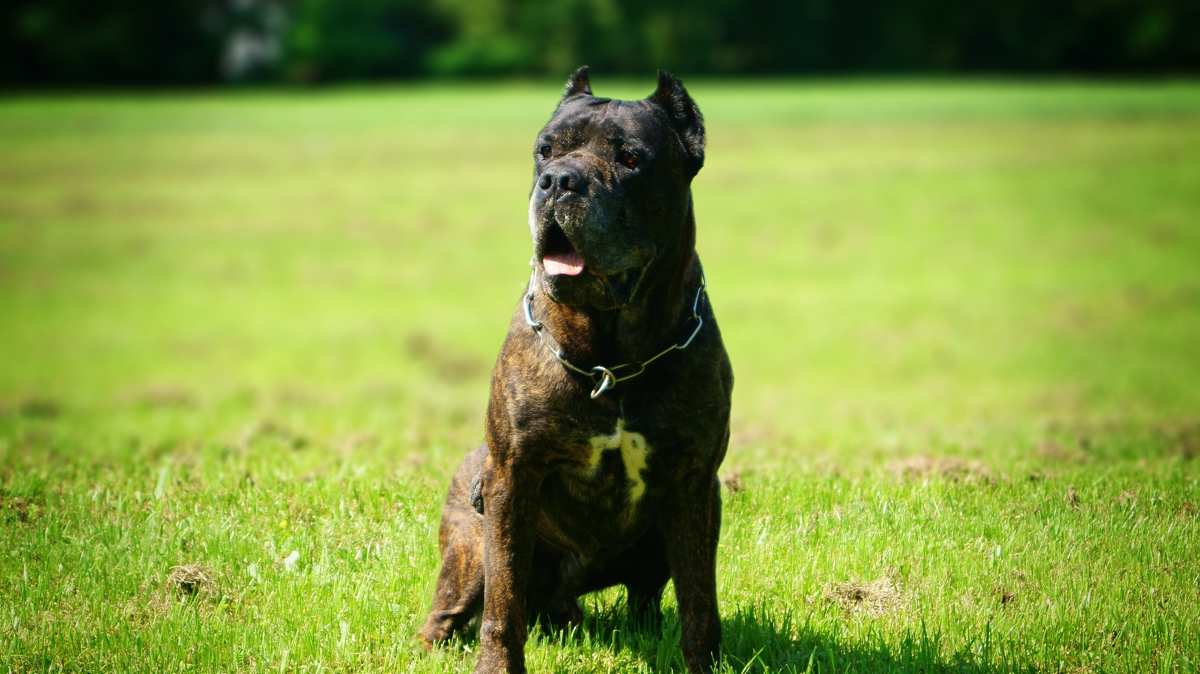Bandog Breed Details
The Bandog is often considered a breed type rather than a specific purebred dog. In any case, Bandogs are members of the Working group, and have been used as fearsome guard dogs for centuries. Dogs of this type are unmatched in their guarding and protection abilities--but they can be extremely dangerous if not carefully trained and controlled; severe Bandog attacks are not uncommon. As such, it is vitally important that anyone considering Bandog ownership should acquire the dog only from a trusted, responsible breeder.
A few facts about Bandogs: they're large-sized (height averages 26 inches, and weight is around 110 pounds), with short-haired coats that come in a variety of colors. Here are some advantages and disadvantages to owning these powerful dogs:
PROS:
- Large and intimidating
- Exceptional watch- and guard dog skills
- Very intelligent
- Good with children
- Little grooming required
- Fairly easily trained
- With socialization, does well with other pets
CONS:
- Highly aggressive towards strangers
- Banned in many areas
- High exercise requirements
- Short lifespan (8-10 years)
- Not good for first-time owners
- Can become highly destructive if left alone
- Difficult to find/obtain
